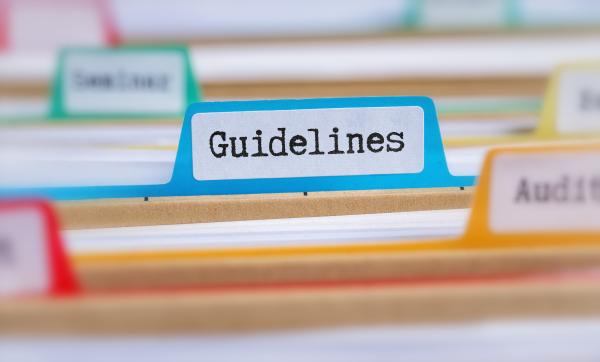
The following article has been kindly written for Employer Focus by HMRC:
What are Guidelines for Compliance?
HMRC’s new Guidelines for Compliance (GfC) are published products which set out practical steps for taxpayers to follow to help them understand HMRC’s view in complex, widely misunderstood or novel areas.
Guidelines for Compliance set out practical steps for taxpayers to follow and sit alongside existing guidance. They are part of HMRC's ongoing commitment to publish practical steps to support customers, enabling them to better understand what HMRC considers to be good practice and what HMRC considers a tax risk.
Help with PAYE Settlement Agreement – Guidelines for Compliance
Entering into a PAYE Settlement Agreement (PSA) with HMRC allows employers to:
- meet the tax and National Insurance contributions payable on certain benefits in kind and expenses payments given to their employees
- reduce record keeping and paperwork for themselves and their employees
- use a practical and flexible way of dealing with many of the minor and ‘one-off’ benefits provided by employers
HMRC identified a number of errors and emerging risks associated with PAYE Settlement Agreements and the associated tax calculations. They consulted with internal and external stakeholders and, subsequently, in October 2022 the first GfC was published - GFC1 (2022): Guidelines for Compliance — help with PAYE Settlement Agreement calculations.
These guidelines signpost existing guidance, clarify common errors and summarise contact routes. All of which will help mitigate uncertainty and enable customers to self-correct.
The guidelines are written specifically for employers and cover the following topics
- How to apply for a PSA with HMRC
- What can be included in a PSA
- How to pay a PSA
- HMRC’s recommended approach to PSA compliance
- Common Errors and Risks
- Calculating the income tax and Class 1B NIC due
- How to deal with any mistakes
The overarching aim of these guidelines is to help employers reduce the risk of inaccuracies contained in their PAYE Settlement Agreement calculation and to avoid the most common mistakes seen by HMRC.
The guidelines provide an in-depth analysis of how to calculate income tax and Class 1B NIC. This includes consideration of devolved taxpayer rates, using a sample to calculate the tax rate, grossing up, employees who pay no tax and residence issues. They conclude with an example clearly demonstrating how income tax and Class1B NIC should be calculated.
New Digital PSA1
The GfC also promotes a new digital submission route for PSA calculations. The form is available from PAYE Settlement Agreement (PSA1) and can be used for the 2021 to 2022 tax year onwards.
The new PSA1 digital format is likely to offer many benefits for employers. These include easy, standardised reporting, improved accuracy and fewer resulting queries. A PSA1 form can be submitted digitally by using either email authentication or businesses Government Gateway credentials.
Employers can still send in their calculations in their own format or use a paper version of the PSA1. However, HMRC’s preferred method is by submission of the digital PSA1 form. The digital form aims to reduce processing time and common errors encountered in the process.
What’s next?
You should regularly visit the GfC homepage to ensure you are up to date with the most recent releases and updates. You should also use the relevant GfC to support you where they are applicable to your tax affairs, or your clients’ tax affairs.
The GfC team are always interested to hear your feedback, questions and ideas on existing and future GfC. If you want to share your thoughts, you can contact the GfC team on [email protected].
This article reflects the position at the date of publication (13 April 2023). If you are reading this at a later date you are advised to check that that position has not changed in the time since.
We regularly publish articles on a range of tax and wider topical issues which affect employers. If you wish to subscribe to our monthly Employer Focus e-newsletter, please contact us.















